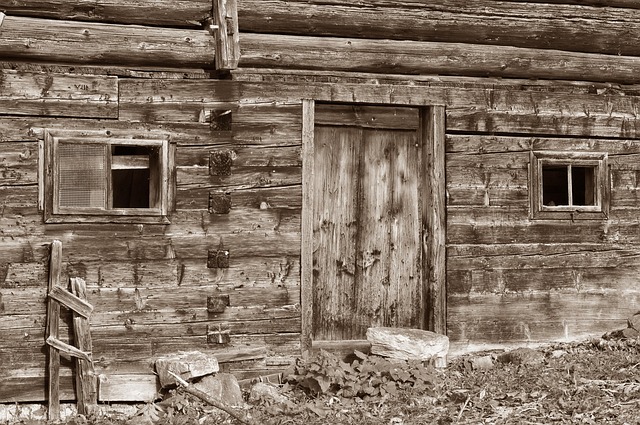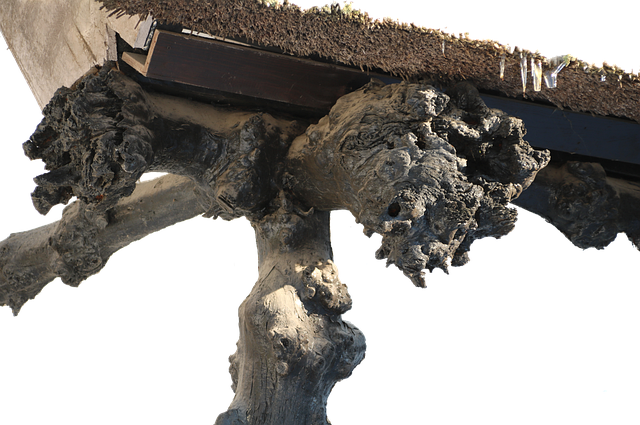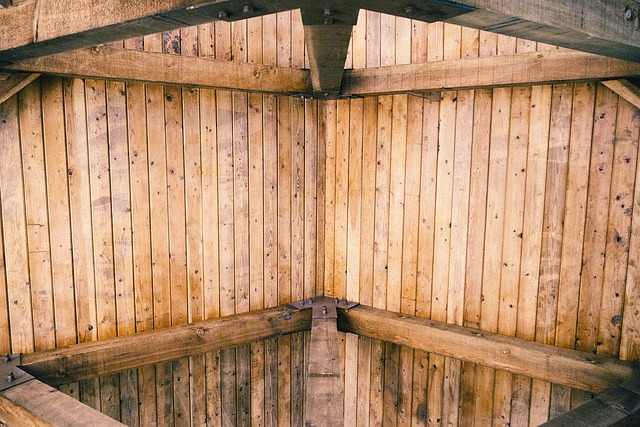This text compares Glue Laminated Beams (GLBs) and Solid Wood Beams in construction, highlighting structural integrity and cost differences. GLBs, engineered with bonded wood layers, offer superior strength and flexibility over solid wood, with higher load-bearing capacity and efficient production at lower costs. However, they face challenges like bonding interface weakness and environmental impact. Choosing between GLBs and solid wood depends on project needs; modern GLBs provide revolutionary structural reliability with reduced environmental impact, requiring professional guidance for informed decisions.
“In structural engineering, Glue Laminated Beams (GLBs) offer a modern alternative to solid wood beams, known for their strength and efficiency. However, like any construction material, GLBs can encounter issues, such as delaminations or glue failures. This article delves into the unique advantages of GLBs over their solid wood counterparts while providing practical solutions for fixing common problems, ensuring these engineered beams perform optimally.”
- Understanding Glue Laminated Beams vs. Solid Wood Beams
- Common Issues with Glued Laminated Beams
- Effective Solutions for Fixing Glued Laminated Beam Problems
Understanding Glue Laminated Beams vs. Solid Wood Beams

Glue Laminated Beams vs. Solid Wood Beams: Understanding the Key Differences
In the realm of structural integrity and construction, understanding the distinctions between Glue Laminated Beams (GLB) and Solid Wood Beams is paramount. When considering which type to use in your project, a glue laminated beam offers unique advantages that set it apart from its solid wood counterpart. GLBs are engineered by bonding multiple layers of wood together with high-strength adhesives, creating a strong, uniform structure. This process enhances both the strength and durability of the beam compared to solid wood, which relies on the inherent qualities of a single piece of timber.
One key comparison lies in their load-bearing capacity. Glue Laminated Beams often outperform solid wood in terms of strength, especially under heavy loads. They are also more versatile in design, allowing for complex structural configurations. Furthermore, GLBs offer cost-effectiveness without compromising quality. For instance, they can be produced efficiently and consistently, reducing the variability associated with natural solid wood. To explore this further, visit us at 18 Clifton St, Unadilla, NY 13849, where we delve into the detailed benefits and applications of both beam types in modern construction.
Common Issues with Glued Laminated Beams

Common Issues with Glued Laminated Beams
While glue laminated beams offer significant advantages over solid wood in terms of strength and durability, they are not immune to certain issues. One primary concern is the potential for weak points at the bonding interfaces between laminates. This can lead to structural weaknesses if not properly managed during manufacturing and installation. Another challenge is the risk of delamination under extreme loads or environmental conditions, such as high humidity or temperature fluctuations. Unlike solid wood, which has consistent density and properties throughout, laminated beams have distinct layers with varying qualities, making them susceptible to differential swelling and shrinking.
Moreover, the composition of adhesives used in laminating can impact the beam’s performance. Lower-quality adhesives might not provide adequate strength or long-term stability, compromising the structural integrity of the laminated beam. Furthermore, the cost-effectiveness of laminated beams, which makes them an attractive choice for many construction projects, can be offset by higher initial manufacturing costs and potential long-term maintenance requirements. However, these issues are often mitigated through rigorous quality control measures and advanced adhesive technologies, ensuring that modern glue laminated beams meet stringent structural standards. For specific cases, consulting with a professional engineer or referring to industry guidelines can help in making informed decisions between laminated and solid wood beams, such as giving us a call at (607) 369-9341.
Effective Solutions for Fixing Glued Laminated Beam Problems

When faced with issues related to Glue Laminated Beams (GLB), understanding effective solutions is crucial, especially when considering their Strength & Durability Comparison with solid wood beams. For instance, GLBs often offer superior structural integrity due to their advanced construction method involving high-quality adhesives. This technique not only enhances load-bearing capacity but also ensures a more consistent and predictable performance in various architectural designs.
Choosing between Solid Wood and Laminated Beams depends on specific project needs. For cost-effective alternatives, Laminated Beams prove beneficial, offering advantages like flexibility, accessibility, and affordability. Moreover, GLBs have a lower environmental impact during production and can be designed for unique, customized projects. In terms of safety and longevity, both options excel, but modern Glue Laminated Beam designs are revolutionizing structural reliability while preserving natural beauty. For accurate guidance, consult experts; give us a call at (607) 369-9341 to explore the best beam type for your build.
In conclusion, while Glue Laminated Beams offer advantages over Solid Wood Beams in terms of strength and versatility, they are not immune to issues like delaminations and cracks. However, with the right understanding and effective solutions, these problems can be addressed and fixed. By recognizing common issues and employing appropriate repair techniques, you can ensure the structural integrity and longevity of glue laminated beams, making them a reliable choice for various construction projects.














